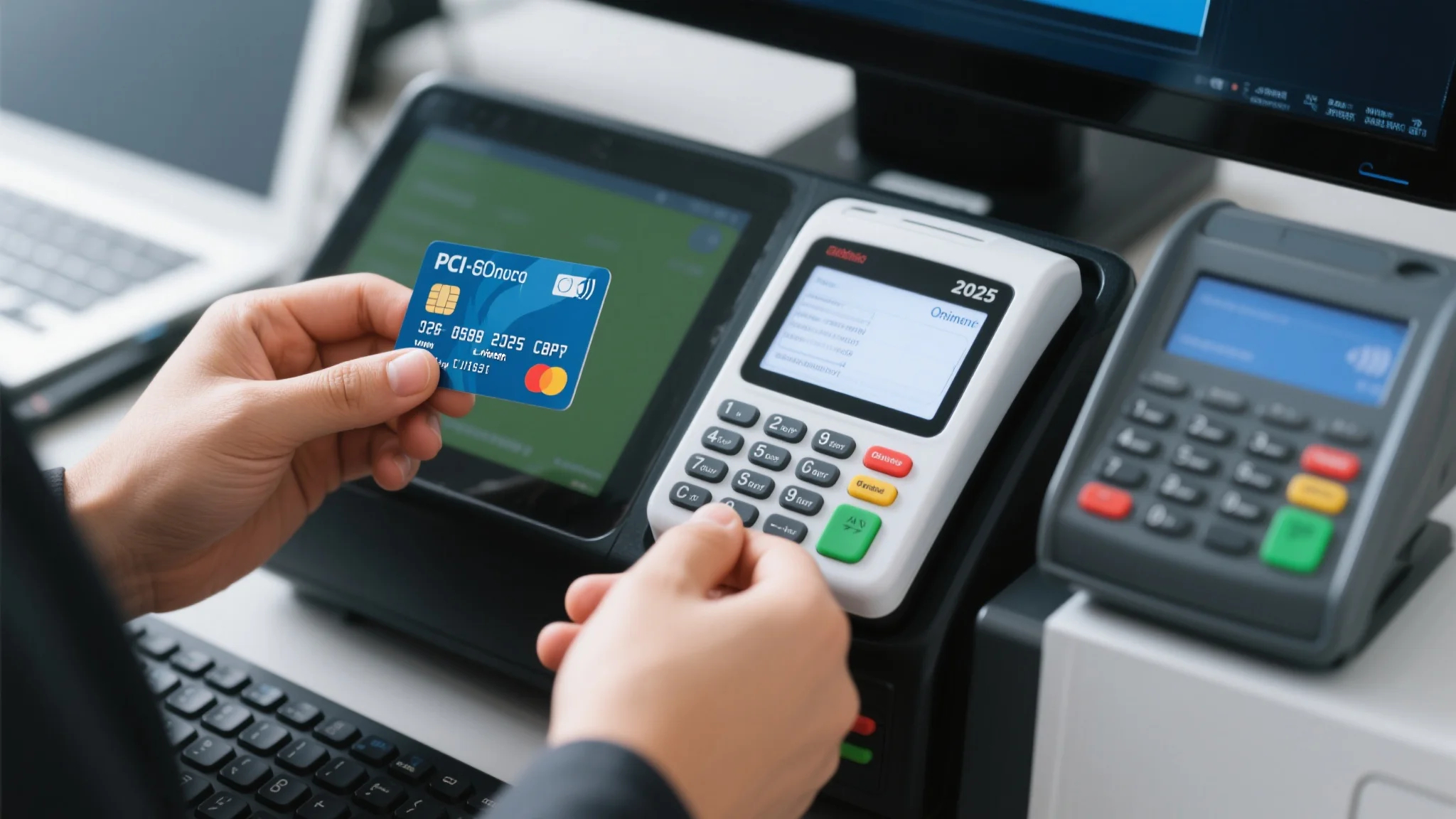In recent years, the mobile commerce landscape in the United States has undergone a profound transformation, largely driven by the adoption of online payment solutions. This article explores how these solutions are reshaping traditional payment methods, enhancing customer experiences, and driving economic growth. From contactless transactions to secure digital payments, online payment solutions are becoming the backbone of mobile commerce, enabling seamless interactions and unlocking new opportunities for businesses and consumers alike.

Mobile Commerce, Online Payment Solutions, Mobile Payments, US Market, Digital Security, Mobile Payments Growth
The Transformation of Mobile Commerce Through Online Payment Solutions
The mobile commerce landscape in the United States is experiencing a seismic shift, driven by the integration of advanced online payment solutions. traditionally, payment methods were limited to in-person transactions, relying on credit cards, debit cards, or cash. However, the rise of mobile payment solutions has revolutionized how consumers interact with brands, enabling seamless and secure transactions from the palm of their hand. This transformation is not only reshaping the way consumers shop but also redefining the business models of companies across industries.
One of the most significant benefits of online payment solutions is their accessibility. Gone are the days when customers needed to carry physical cards or hand over cash to complete a transaction. Today, mobile payments allow consumers to make purchases instantly, often without needing to interact with a sales representative. This convenience has increased the frequency of purchases among customers, particularly during peak shopping hours. According, to recent studies, mobile payments account for a growing percentage of overall retail transactions, with some estimates suggesting that mobile payments now represent over 50% of online retail sales in certain regions.
Moreover, the rise of contactless payment methods has further enhanced the efficiency of mobile commerce. With innovations like Apple Pay, Google Wallet, and mobile bank accounts, consumers can now pay for goods and services without touching their wallets. This not only reduces friction in the purchasing process but also helps to lower transaction costs for businesses. In fact, studies indicate that contactless payments can reduce frictionless returns by up to 30%, improving customer satisfaction and loyalty.
Another critical aspect of online payment solutions is their ability to integrate seamlessly with mobile commerce ecosystems. From mobile apps to in-store kiosks, these solutions provide a cohesive user experience that enhances the overall shopping experience. For instance, consumers can use their smartphones to scan product codes, enter payment details, or even use their loyalty points to complete transactions. This level of integration has become the norm in modern retail environments, where consumers expect a smooth and efficient interaction with brands.
The shift to online payment solutions also offers businesses numerous advantages. By accepting mobile payments, companies can expand their customer base, attract new customers from urban areas where physical visits may be less frequent, and increase their sales volume. Additionally, the use of mobile payment data allows businesses to gain deeper insights into consumer behavior, enabling them to tailor their offerings and optimize their strategies. For example, retailers can analyze payment patterns to identify high-value customers, offering them exclusive deals or personalized services.
In conclusion, online payment solutions have become a cornerstone of mobile commerce in the United States. By providing convenience, security, and integration with modern payment systems, these solutions have transformed the way consumers interact with businesses. As the mobile commerce landscape continues to evolve, the role of online payment solutions will only become more prominent, driving innovation and growth across the industry.
Part , The Future of Mobile Commerce: Emerging Trends and Opportunities
The journey of mobile commerce in the United States is far from over, as the industry continues to evolve in response to changing consumer preferences and technological advancements. The integration of online payment solutions has not only revolutionized how transactions are conducted but has also opened up new avenues for innovation and growth. However, as the industry progresses, several emerging trends are shaping the future of mobile commerce, presenting both opportunities and challenges for businesses and consumers alike.
One of the most anticipated trends is the rise of artificial intelligence (AI) in payment processing. AI-powered payment solutions are poised to revolutionize the way consumers interact with payment systems, offering real-time fraud detection, personalized recommendations, and seamless payment flows. For instance, AI can analyze a consumer’s transaction history to suggest pre-approved credit lines or flag suspicious activities for review. This level of personalization not only enhances security but also builds trust with consumers, who increasingly expect transparency and convenience from their payment systems.
Another significant trend is the growing adoption of blockchain technology in mobile commerce. Blockchain, known for its decentralized nature and security, is being explored as a potential solution for issues such as transaction verification and fraud prevention. While still in its early stages, blockchain-based payment systems hold the potential to revolutionize the payment landscape by eliminating intermediaries and reducing costs. For example, decentralized finance (DeFi) platforms are emerging as innovative solutions for traditional financial institutions, offering interest-bearing digital assets and peer-to-peer transactions. As the technology matures, it could become a game-changer in the mobile commerce industry, enabling consumers and businesses to operate more securely and efficiently.
The development of mobile commerce ecosystems is another area where innovation is driving growth. Cross-platform integration, where payment systems seamlessly connect across different devices, platforms, and apps, is becoming a key feature of modern payment solutions. For example, a consumer who pays for a meal at a restaurant via their smartphone can use the same app to pay for groceries or services elsewhere in the same day. This level of integration not only enhances the user experience but also streamlines business operations, reducing the time and effort required to process transactions.
Security remains a top priority as mobile payment systems continue to expand. With the increasing adoption of digital payments comes the need for robust security measures to protect consumer data and transactions from cyber threats. Advanced encryption techniques, multi-factor authentication, and real-time fraud detection systems are essential components of secure payment solutions. As cybercriminals become more sophisticated, businesses must stay proactive in implementing measures to safeguard their payment systems. For instance, adopting biometric authentication



